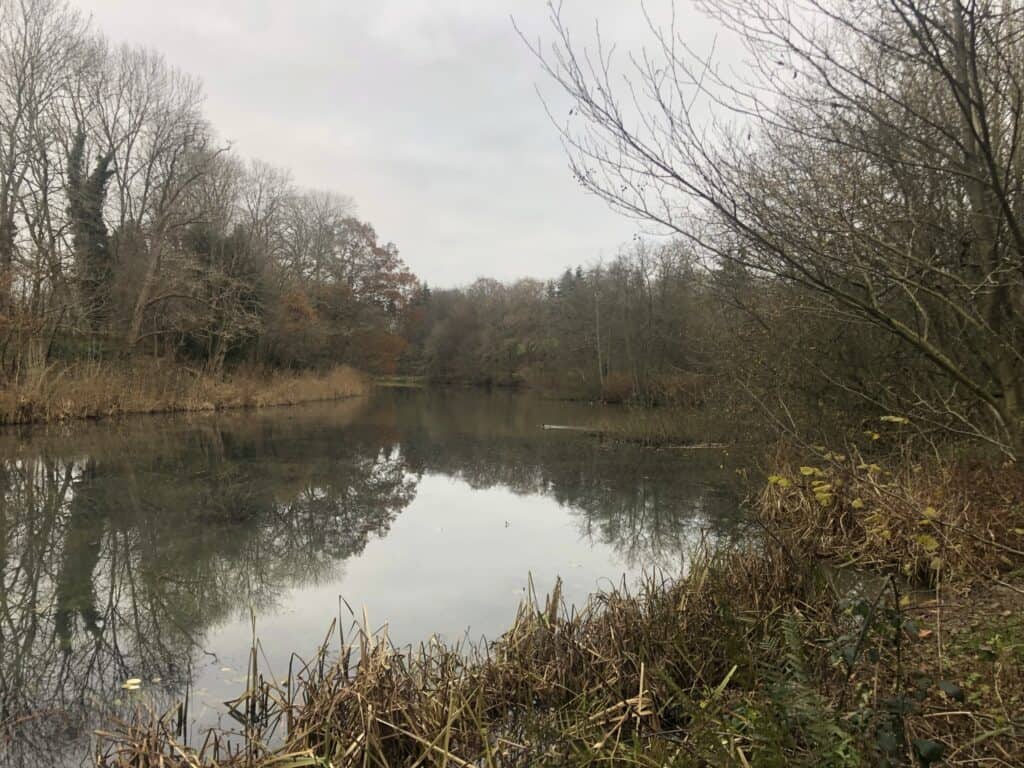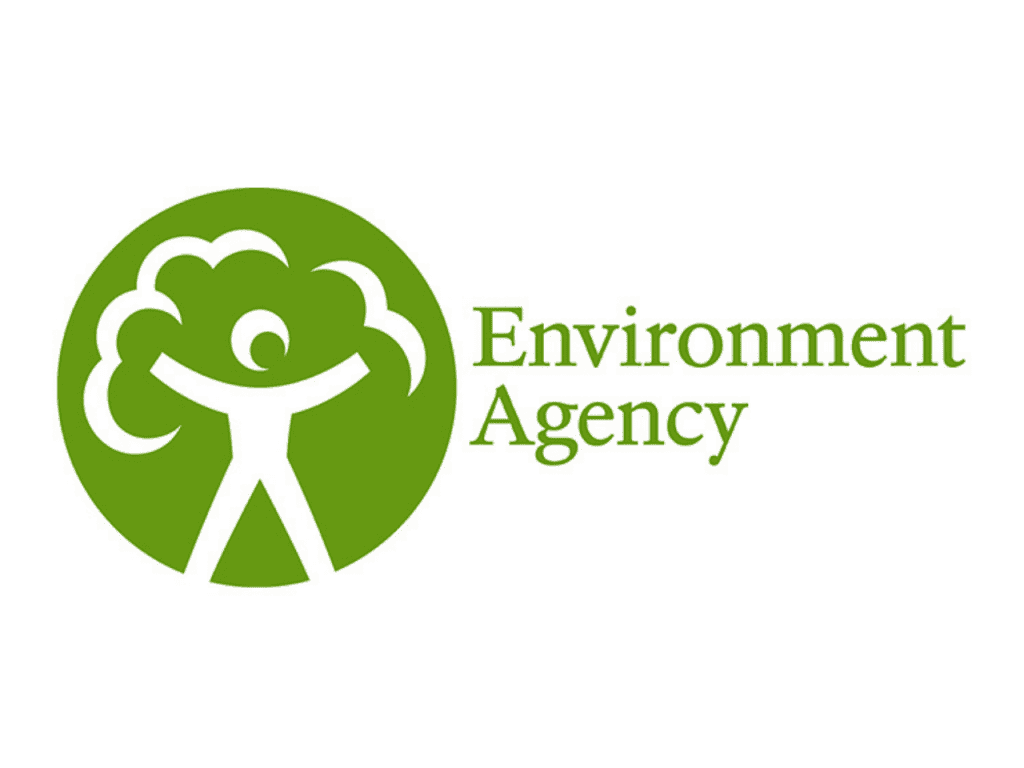The health of the Upper Medway catchment is integral to key sites within its boundaries, many of which are of great cultural, ecological or societal importance. These sites include the High Weald, an Area of Outstanding Natural Beauty (AONB) where it rises, the Ashdown Forest, a Special Protection Area (SPA) and Weirwood Reservoir.
Up until now, the Medway Catchment Partnership has delivered limited strategic work in the Upper Medway catchment. This multi-year project, running from 2022-2024, is a fantastic opportunity to expand partnership working into the wider Medway catchment, to deliver catchment-scale restoration projects that improve the health of the River Medway for wildlife and people.


